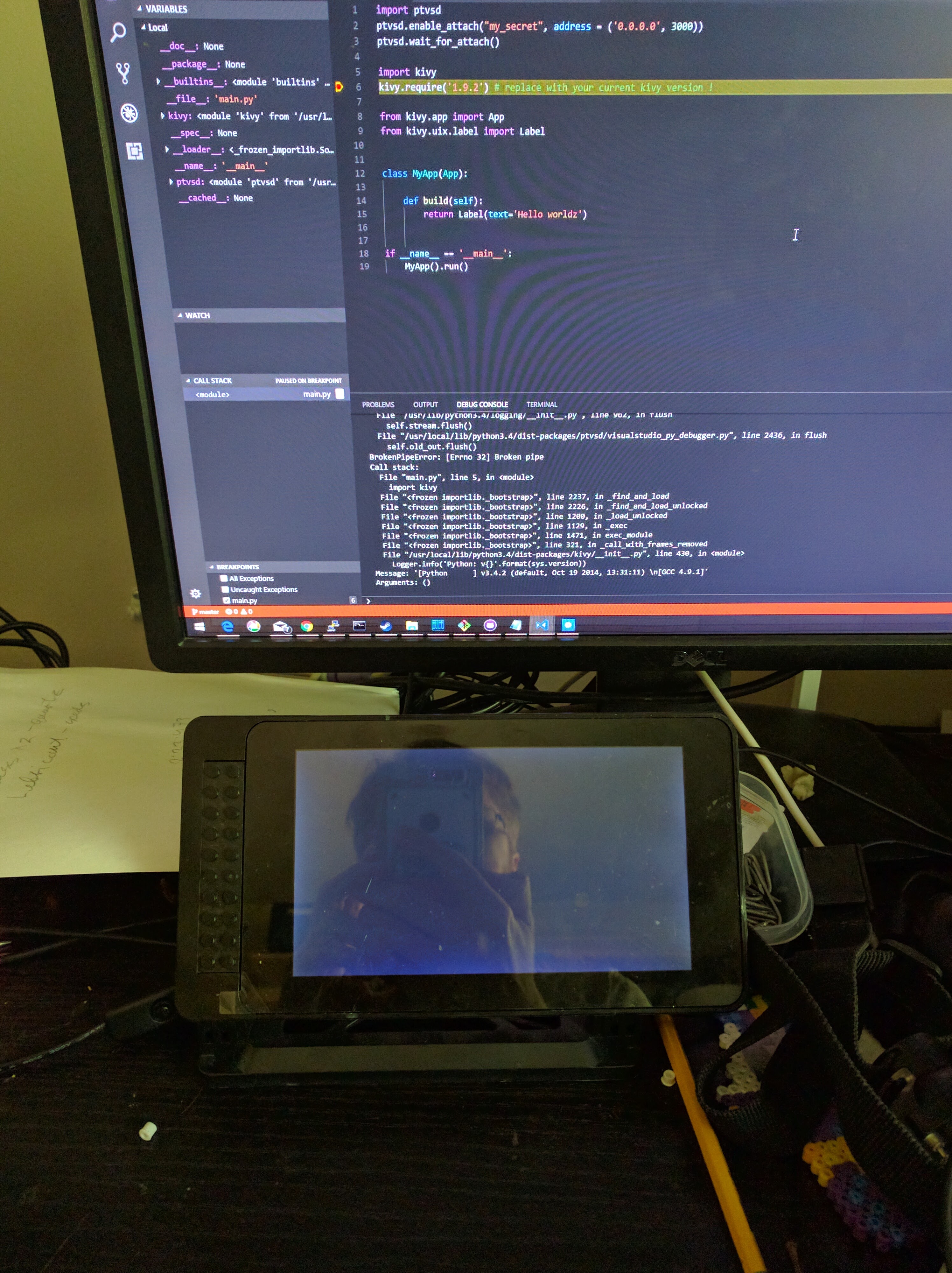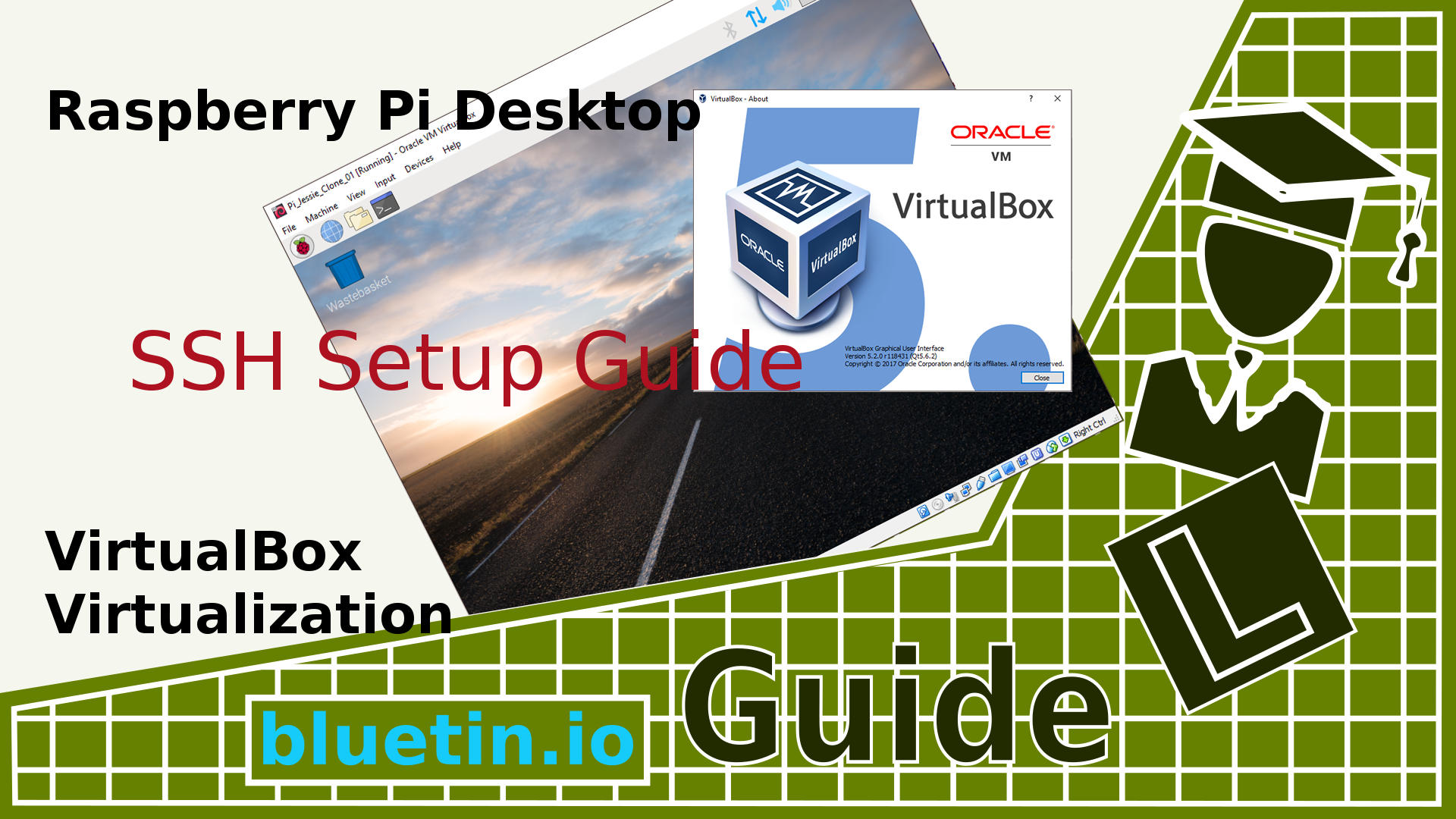Unlocking The Power Of SSH Remote IoT On Raspberry Pi For Free
So here's the deal, if you're diving into the world of IoT and Raspberry Pi, you're probably looking for ways to make your projects more accessible and efficient. SSH remote IoT on Raspberry Pi for free is not just a buzzword; it's a game-changer. Picture this: you're sitting on the couch, sipping your coffee, and you want to check the status of your smart garden system without leaving the comfort of your living room. SSH remote access is your golden ticket to doing just that. Let me walk you through why this matters and how you can make it happen without breaking the bank.
Now, I get it. The term "SSH" might sound intimidating if you're new to the tech scene. But trust me, it's not as scary as it seems. SSH, or Secure Shell, is basically a protocol that allows you to control your Raspberry Pi remotely. It's like having a virtual hand that can reach out and tweak your IoT setup from anywhere in the world. And the best part? You can do it all for free. No need to shell out big bucks for fancy software. This is where the magic happens, folks.
Before we dive deeper, let me set the stage. This isn't just about tinkering with gadgets. SSH remote IoT on Raspberry Pi for free opens up a world of possibilities. Whether you're automating your home, monitoring environmental conditions, or even building a smart security system, SSH gives you the flexibility and control you need. So, buckle up, because we're about to take a deep dive into everything you need to know to get started.
- Unveiling The World Of Filmyfly Your Ultimate Movie Destination
- Aditi Mystery Sex Videos Unveiling The Truth Behind The Controversy
Understanding SSH: The Backbone of Remote IoT
Alright, let's break it down. SSH, or Secure Shell, is more than just a fancy acronym. It's the backbone of secure remote communication in the tech world. Imagine SSH as a secret tunnel that lets you access your Raspberry Pi from anywhere, without exposing your system to the dangers of the internet. It's like having a private hotline to your IoT setup.
Here's the kicker: SSH isn't just secure; it's also super versatile. You can use it to transfer files, run commands, and even manage your entire IoT network from a distance. And the best part? It's free. No hidden costs, no subscription fees. All you need is a Raspberry Pi, a bit of know-how, and you're good to go.
Now, let's talk about why SSH is the go-to choice for IoT enthusiasts. First off, it's secure. SSH encrypts all your data, making it tough for hackers to intercept your commands. Second, it's reliable. Once you set it up, it just works. No need to worry about dropped connections or failed commands. And last but not least, it's easy to use. Sure, there's a bit of a learning curve, but with the right guidance, you'll be up and running in no time.
- Matt Czuchry Wife The Love Story Behind The Spotlight
- Aditi Mistry Hot New Video The Latest Buzz Around The Internet
Setting Up SSH on Your Raspberry Pi
So, you're ready to get your hands dirty, huh? Setting up SSH on your Raspberry Pi is easier than you think. First things first, you'll need to enable SSH on your Pi. This can be done through the Raspberry Pi Configuration tool or by simply creating an empty file named 'ssh' on your Pi's boot partition. Trust me, it's not as complicated as it sounds.
Once SSH is enabled, you'll need to find your Pi's IP address. This is like the home address for your Pi on your local network. You can do this by running a simple command in the terminal: 'hostname -I'. Boom, there's your IP address. Now, you're ready to connect to your Pi from another device using an SSH client. On most systems, you can simply open a terminal and type 'ssh pi@your-pi-ip-address'. Enter your password, and you're in.
Let me break it down for you:
- Enable SSH on your Raspberry Pi
- Find your Pi's IP address
- Use an SSH client to connect to your Pi
And just like that, you've taken the first step towards remote IoT control.
Why Raspberry Pi is Perfect for SSH Remote IoT
Now, let's talk about why Raspberry Pi is the perfect companion for SSH remote IoT projects. First off, it's affordable. You don't need to invest in expensive hardware to get started. A Raspberry Pi can be picked up for a fraction of the cost of a traditional computer, making it accessible to hobbyists and professionals alike.
But it's not just about the price. Raspberry Pi is incredibly versatile. It's designed to work with a wide range of sensors and devices, making it the perfect platform for IoT projects. Whether you're building a weather station, a home automation system, or even a robot, Raspberry Pi has got you covered.
And let's not forget about the community. Raspberry Pi has a massive following of enthusiasts and developers who are more than willing to share their knowledge and expertise. This means you'll never be stuck. If you run into a problem, chances are someone else has already solved it and shared their solution online.
Free Tools for SSH Remote IoT on Raspberry Pi
When it comes to SSH remote IoT on Raspberry Pi for free, the options are endless. There are plenty of tools and software available that can help you get the most out of your setup without costing you a dime. Let's take a look at some of the best ones:
- Putty: A popular SSH client for Windows users. It's simple, effective, and completely free.
- WinSCP: If you need to transfer files to and from your Pi, WinSCP is a great choice. It offers both SFTP and SCP protocols for secure file transfers.
- VS Code with Remote SSH: For developers, Visual Studio Code with the Remote SSH extension is a powerful tool that allows you to edit your Pi's files directly from your desktop.
These tools, along with many others, make it easy to manage your Raspberry Pi remotely. And the best part? They're all free. No need to spend money on proprietary software when there are so many excellent open-source alternatives available.
Securing Your SSH Remote IoT Setup
Alright, let's talk security. Just because SSH is secure by default doesn't mean you can let your guard down. There are a few best practices you should follow to keep your SSH remote IoT setup safe from prying eyes.
First, change the default password for your Raspberry Pi. The default 'raspberry' password is well-known and easily guessed. Use a strong, unique password that includes a mix of letters, numbers, and symbols. This simple step can go a long way in protecting your system.
Next, consider using SSH keys instead of passwords. SSH keys provide a more secure method of authentication. They're like digital keys that allow you to unlock your Pi without needing to enter a password every time. Setting up SSH keys is a bit more involved, but it's worth the effort for the added security.
Finally, make sure to keep your Raspberry Pi's software up to date. Regular updates not only bring new features but also patch security vulnerabilities. This is crucial in keeping your SSH remote IoT setup safe from potential threats.
Best Practices for SSH Remote IoT
Here's a quick rundown of best practices to follow when setting up SSH remote IoT on your Raspberry Pi:
- Change the default password
- Use SSH keys for authentication
- Keep your Pi's software up to date
- Limit SSH access to trusted IP addresses
- Disable root login over SSH
Following these guidelines will help ensure that your SSH remote IoT setup remains secure and reliable.
Exploring IoT Projects with SSH Remote Access
Now that you've got SSH remote access up and running on your Raspberry Pi, it's time to explore some exciting IoT projects. The possibilities are endless, but let's take a look at a few ideas to get you started:
Smart Home Automation: Use your Raspberry Pi to control smart home devices like lights, thermostats, and security systems. With SSH remote access, you can manage your entire smart home from anywhere in the world.
Environmental Monitoring: Set up a network of sensors to monitor temperature, humidity, and air quality. SSH allows you to collect and analyze data from your sensors remotely, making it easy to keep an eye on environmental conditions.
Security Systems: Build a DIY security system using your Raspberry Pi and a webcam. With SSH, you can access live video feeds and receive alerts when motion is detected, all from the comfort of your smartphone.
Long-Tail Keywords and Variations
As we wrap up, let's touch on some long-tail keywords and variations that can help you optimize your SSH remote IoT on Raspberry Pi setup. These are phrases that people might use when searching for information related to your project:
- SSH remote IoT Raspberry Pi free
- Secure shell for Raspberry Pi IoT
- Free tools for SSH Raspberry Pi
- Raspberry Pi IoT projects with SSH
- Best practices for SSH IoT
Incorporating these keywords naturally into your projects and documentation can help improve your search engine rankings and make it easier for others to find and benefit from your work.
Conclusion: Taking the Next Step
So there you have it, folks. SSH remote IoT on Raspberry Pi for free is not only possible but also incredibly rewarding. Whether you're automating your home, monitoring your environment, or building a smart security system, SSH gives you the tools you need to take control of your IoT projects from anywhere in the world.
Now, it's your turn to take the next step. Experiment with different projects, explore new tools, and don't be afraid to ask for help when you need it. The Raspberry Pi community is full of friendly faces ready to lend a hand. And remember, the more you practice, the more confident you'll become.
Before you go, I'd love to hear from you. What IoT projects are you working on? Have you tried SSH remote access on your Raspberry Pi? Share your experiences in the comments below and help others learn from your journey. And if you found this article helpful, don't forget to share it with your friends and fellow tech enthusiasts. Together, we can build a smarter, more connected world.
Table of Contents
- Understanding SSH: The Backbone of Remote IoT
- Setting Up SSH on Your Raspberry Pi
- Why Raspberry Pi is Perfect for SSH Remote IoT
- Free Tools for SSH Remote IoT on Raspberry Pi
- Securing Your SSH Remote IoT Setup
- Best Practices for SSH Remote IoT
- Exploring IoT Projects with SSH Remote Access
- Long-Tail Keywords and Variations
- Conclusion: Taking the Next Step



Detail Author:
- Name : Prof. Casandra Gottlieb II
- Username : mariano.rodriguez
- Email : hal.brekke@yahoo.com
- Birthdate : 1973-11-12
- Address : 8645 Corine Grove Suite 765 Anaismouth, NH 26597-5216
- Phone : (364) 816-7748
- Company : Shields-Christiansen
- Job : Power Plant Operator
- Bio : Eum consequatur sit eos et sed cum. Perspiciatis incidunt ut nostrum at unde.
Socials
linkedin:
- url : https://linkedin.com/in/lauryn_dev
- username : lauryn_dev
- bio : Voluptatibus ipsum non et eaque.
- followers : 1075
- following : 1955
facebook:
- url : https://facebook.com/hackett2015
- username : hackett2015
- bio : Illo numquam praesentium veritatis et libero natus repudiandae.
- followers : 4532
- following : 52